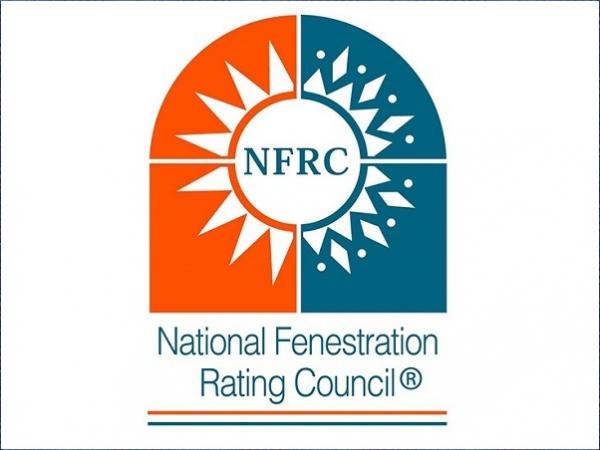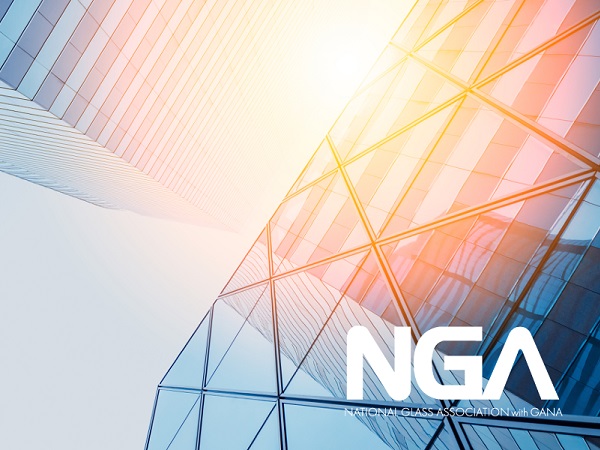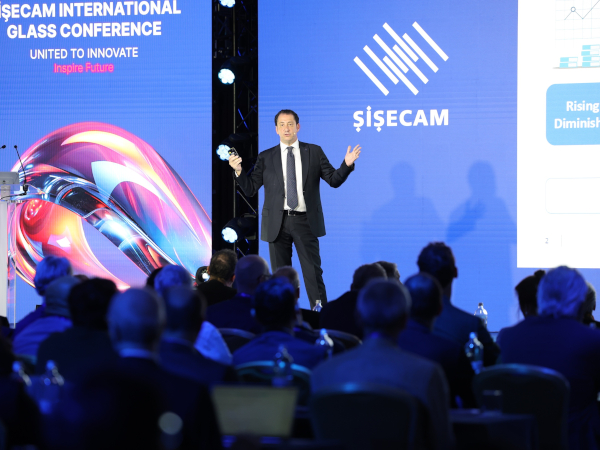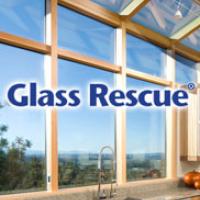
Date: 23 July 2018
In addition to the NAFS Simplification process update at the Western Region Summer Summit, Joe Hayden (Pella) further reported that recent months have seen significant activity at NFRC, including updates on FenStar, Product Certification Program (PCP) Simplification Initiatives, Residential Component Based Calculation (RCBC) and the NFRC Condensation Index (CI).
FenStar™
NFRC’s new FenStar Certification Program (FCP) was formed to meet an EPA mandate that the program used to certify ENERGY STAR® performance must be independently accredited to ISO/IEC 17065, as is the AAMA certification program, rather than accredit the base NFRC Product Certification Program (outlined in NFRC 700).
The FCP will replace the existing Independent Verification Program (IVP). The change should be seamless to current IVP participants.
To participate, NFRC says: “ENERGY STAR partners will need to update their product line information in PESI (pesi.nfrc.org), update their Schedule II in the NFRC Certified Products Directory (CPD), and sign a new NFRC license agreement by September 30. In addition, manufacturers must provide copies of their installation instructions provided with ENERGY STAR products, air leakage certification information and a sample of each products line’s ENERGY STAR and NFRC labels for verification.”
The FCP is governed by two procedural guides, FS-1001 and FS-1100. Both are available online. The FCP does not affect the existing NFRC Product Certification Program (PCP) or its CPD in any way. ENERGY STAR certification has always required the products to be listed in the CPD and that will continue. The FCP is being introduced in a staged rollout that began in the form of a Pilot Program started on January 2. ANSI accreditation is expected by mid-to-late 2018.
For more information, see the NFRC’s FenStar FAQ page.
PCP Simplification Initiatives
Three key ideas are being explored to streamline the existing NFRC PCP:
- Validation simplification – develop a viable Quality Assurance program that reduces or eliminates the need for physical hot-box testing (per NFRC 102) for validation. Instead, there would be a physical evaluation of components; if they match drawings, product line models are validated.
- Scaled approach to recertification – simplify product recertification by requiring, if no or only minor changes have been made over the five-year certification period, an affidavit to that effect, physical evaluation, or full simulation and physical evaluation. The first two options will likely require enhanced in-plant Quality Management System (QMS) requirements and two plant audits per year versus one.
- Elimination of grids and using only 3mm or 6mm glass. This proposal would remove complexity by not rating grids (other than true divided lites [TDL]) and rating only those products with 3mm or 6mm glass thickness. It has been found that most products produced at the NFRC-required size already have the 3mm glass option. Rating multiple glass thicknesses involves insignificant U-factor and SHGC variation, does little for and confuses the consumer and complicates the program for the manufacturer.
Residential Component Based Calculation (RCBC)
The objective is to develop a simple trendline based calculation to determine whole product U-factors, SHGCs and VTs by only entering center-of-glass (COG) values.
The methodology would expand to all products – curtain wall and storefront systems as well as residential. It may include skylights based on ongoing research. The timing of implementation, likely to start with a pilot phase, is yet to be determined. For full details, visit the NFRC Online Community page, which requires a username and password.
Condensation Index
Current NFRC Condensation Resistance values are based on area-weighted temperature averaging. A proposed revision to NFRC 500 would introduce a Condensation Index (CI) based on the coldest spot.
This should align better with AAMA’s Condensation Resistance Factor (CRF) and CSA’s Temperature Index (TI). Instructions for determining CI values for specific products can be found online. Actual implementation schedules are still to be determined.
Currently, NFRC is working through negatives submitted from the latest ballot. More details are available on the Task Group’s website (NFRC login is required).
Future Meetings
The next NFRC conference is scheduled for October 8-10 in Albuquerque, NM. More details are available here.
 600450
600450
















Add new comment